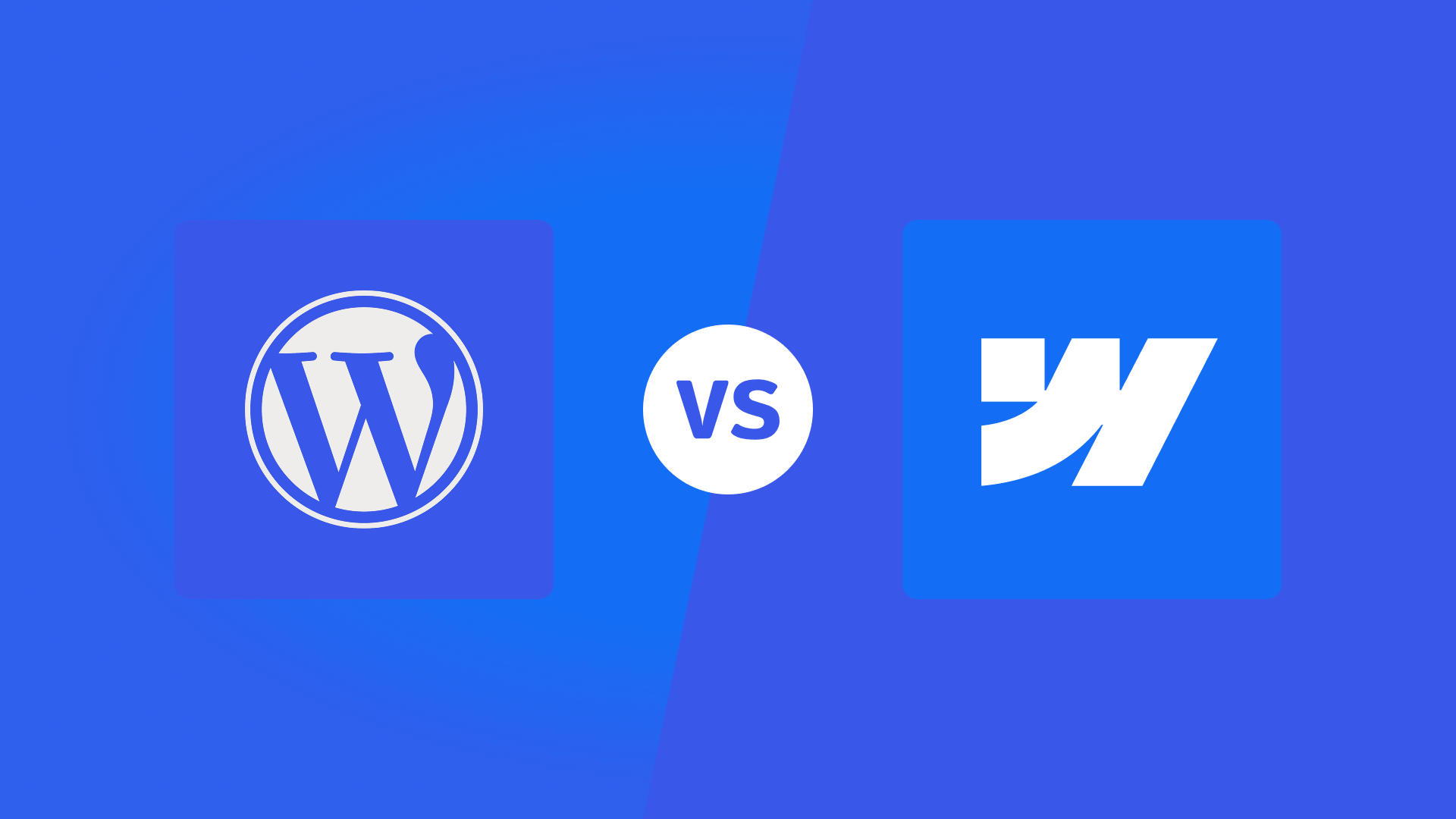What is the Accessibility Directive?
Already in April 2019 adopted EU Accessibility Directive and from 28 June 2025 it shall apply in all EU Member States. The objective of the Accessibility Directive is to promote equal accessibility for persons with disabilities. The Directive sets out concrete requirements that must be met to ensure that digital products and services can be used by all, under the same conditions, regardless of functional capacity. This has already affected public organisations and authorities, but with the new law this now also affects private actors.
Who is affected by the directive?
The Accessibility Directive will cover businesses and organisations, regardless of size or industry, and they will need to ensure that their digital services are accessible to all.
Some of those affected by the directive are:
- E-commerce services: Online stores, marketplaces and reservation systems.
- Banking and insurance services: Internet banking, payment solutions and digital insurance services.
- Digital communication: Corporate websites, customer service portals and intranets.
- Audio and visual services: Streaming platforms, webinar services and digital media archives.
- E-books and digital publications: Digital newspapers, e-books and public documents.
- Self-service vending machines: Card terminals, ticket machines and information kiosks.
In addition to the above services, a number of products are affected, with phones and tablets being the most common. However, in addition to these, card readers, terminals and self-service vending machines are included in the new directive.
Are there any exemptions from the directive?
The size and turnover affect whether the Accessibility Directive applies to you or not. Micro-enterprises do not have to comply with the Accessibility Directive for services. Microenterprises include companies with fewer than 10 employees and annual turnover of less than EUR 2 million.
Some content on websites also does not have to comply with the directive. It applies to:
- time-dependent audio and video published before 28 June 2025.
- documents published before 28 June 2025.
- Content that counts as archives.
- content from third parties.
- some maps and map services that are not intended for navigation.
What are the guidelines to be met under the WCAG?
WCAG stands for Web Content Accessibility Guidelines and includes a number of guidelines how the website should be designed to be accessible to everyone, including people with disabilities.
The WCAG consists of three different levels: A, AA, and AAA. Level A is the lowest level and consists of basic criteria that must be met in order for the website to be accessible to everyone. Level AA contains criteria that must be met in order to make the website more accessible to users with disabilities. The lowest level one needs to achieve is WCAG AA 2.1, which means that one meets both the A and AA criteria.
Some criteria to be achieved are:
- Responsive design: The website should work on all devices and be readable by screen readers.
- Keyboard navigation: Users should be able to navigate without a mouse, only with a keyboard.
- Easy-to-read content: intelligible text, clear instructions and logical structure.
- Alternative format: Subtitles on videos and descriptive text options for images.
- Sufficient contrast: Text and background must have sufficient color contrast to be legible.
- Predictable interaction: No unexpected changes when the user interacts with the site.
What will change on June 28, 2025?
For those who already work in the public sector, there will be no major change as this has already been everyday for several years with the DOS Act. The new law affects private actors providing digital products and services. As of June 28, no products or services may be launched unless they meet accessibility requirements.
What happens if you fail to comply with the Accessibility Directive?
Ignoring the requirements of the Accessibility Directive can result in legal and financial penalties. In addition to the legal aspects, there are other arguments for adapting to accessibility requirements. By making your website accessible to all users, you can reach a wider audience and improve the user experience. This can increase your company's credibility, customer loyalty and competitiveness in the market.
By making your website accessible, you open up your content to a wider audience, improve the user experience and strengthen your brand reputation. In addition, you promote a more inclusive digital environment, which is a win for society at large. In addition, an accessible website positively influences your SEO and allows you to rank better on the search engines.
How to prepare for the Accessibility Directive
Adapting to the Accessibility Directive requires a well-thought-out strategy and incremental improvements. The first step is to do a thorough accessibility review of your current website to identify any flaws. This can be done through a combination of WCAG checklists, automatic testing tools, and manual testing with real users.
Once you've identified areas for improvement, it's important to implement changes to improve readability, navigation, and technical compatibility. Ensuring that the website works for people with different disabilities, for example by improving keyboard navigation and accessible forms, is a crucial part of the process.
Availability is a long-term process that requires regular monitoring and optimization. By having a continuous strategy and conducting periodic tests, you can ensure that your website remains accessible even after 2025. In upcoming blog posts, we'll go over how you can best prepare for the law and what steps you can take to ensure you comply.
Do you want to conduct an accessibility review of your website? Learn more about our accessibility review.




